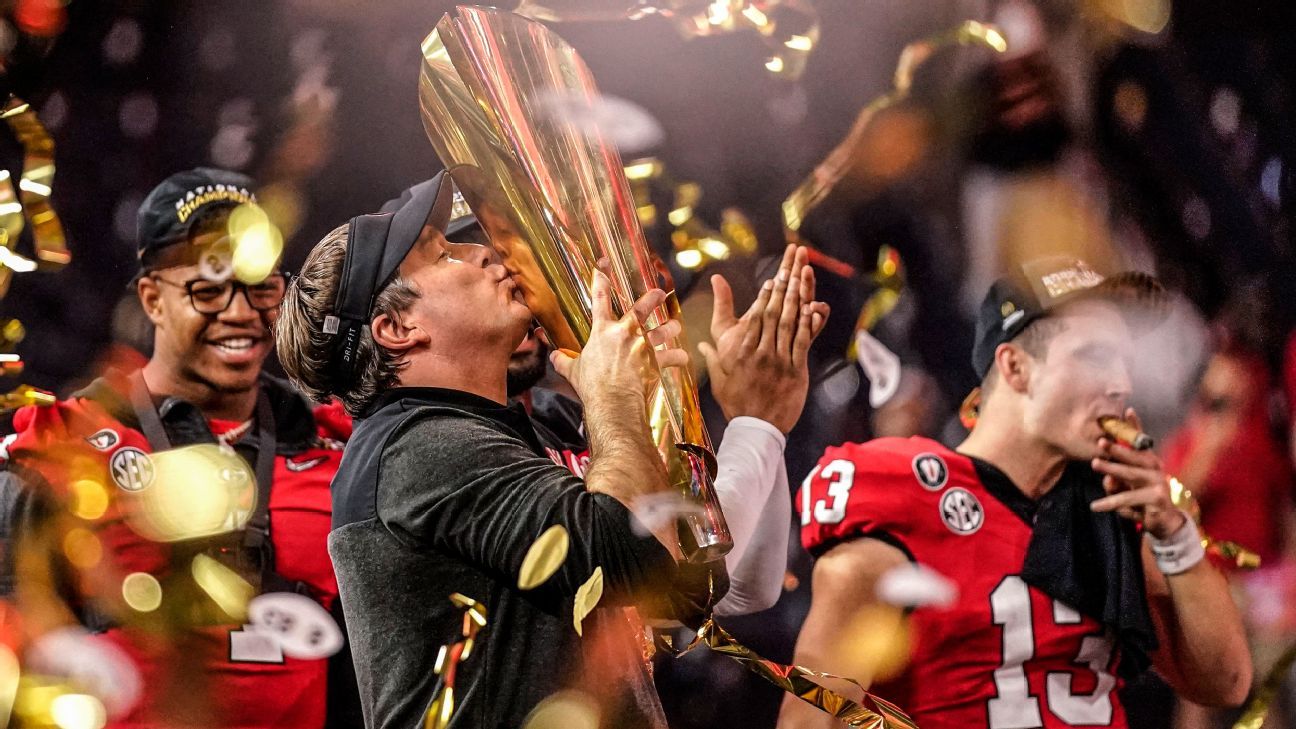 Image source, Getty Images
Image source, Getty Images
One notable flashpoint at this year's US Open came between Germany's Daniel Altmaier and Greece's Stefanos Tsitsipas
BBC Sport tennis news reporter
US Open 2025
Venue: Flushing Meadows, New York Dates: 24 August-7 September
Coverage: Live radio commentaries across 5 Live Sport and BBC Sounds, plus live text commentaries on the BBC Sport website & app
The constant noise from horn-honking taxis and sirens. The dazzling lights of the Manhattan skyline. The buzz of millions wandering around 'The City That Never Sleeps'.
The pulsating energy of New York is like no other.
So it is perhaps not surprising there has been a charged atmosphere at this year's US Open.
"New York City tends to bring out a lot of drama," said American fourth seed Jessica Pegula.
"The crowds are pretty crazy. They kind of get everyone riled up.
"And it's the last Grand Slam of the season - your last chance to go deep for a while."
The tension has led to arguments over on-court etiquette - or the lack of it - with net cords, underarm serves and body shots all under scrutiny.
BBC Sport examines the contentious incidents that have sparked debate at Flushing Meadows - and you can tell us what you think about them.
Net cords - courteous or a 'faux-pology'?
When former French Open champion Jelena Ostapenko accused Taylor Townsend of not saying sorry for a net cord that went in her favour, the perceived lack of etiquette - as well as Ostapenko's reaction - turned into a heated row.
A net-cord winner is when a player wins a point because their shot hits the tape of the net and falls out of reach of their helpless opponent.
Usually the scenario brings an apologetic raise of the hand from the player who has benefitted.
"In this case, there was actually a couple more shots that happened before the end of the point," Chanda Rubin, a former world number six and BBC Radio 5 Live analyst, said.
"So I don't think it was a big faux pas on Taylor's part, even if you just consider common courtesy.
"We actually call it a faux-pology, because it's not real anyway."
 Image source, Getty Images
Image source, Getty Images
Ostapenko accused Townsend of breaking a "rule" by not apologising for a net cord - although it is only an unwritten one
Not apologising for net cords is not seen as a big deal in the United States.
Italy's Fabio Fognini found that out when American Jenson Brooksby failed to apologise in an Auckland Open match in 2022.
"I was taught that it's not really luck-based," Brooksby shrugged afterwards.
Britain's Cameron Norrie - schooled in the cut-throat world of the US college system - also does not find a lack of an apology rude.
"Even just acknowledging a little bit is the right etiquette, but for me, honestly, I don't care," the world number 35 told BBC Sport.
"If a guy hits a dead net cord and doesn't say anything, I don’t care at all."
Underarm serves - legitimate tactic or disrespectful?
Another ploy that is not against the rules - but riles up many - is the underarm serve.
Nick Kyrgios and Alexander Bublik are notable proponents of the move. They see it as a legitimate tactic against an opponent who is stood deep behind the baseline.
Others argue it shows a lack of professionalism and is disrespectful, particularly if used against an ailing opponent - like France's Corentin Moutet did against home favourite Alexei Popyrin at this year's Australian Open.
Greece's Stefanos Tsitsipas clearly dislikes them.
The two-time major finalist was incensed by opponent Daniel Altmaier serving underarm during their second-round match, leading to a terse handshake and an animated discussion following the German's win.
Some US Open fans have shown they agree.
 Image source, EPA
Image source, EPA
France's Arthur Rinderknech hit an underarm serve into the net as he served to stay in the second set against Alcaraz
A portion of the Arthur Ashe Stadium crowd jeered when Bublik and Arthur Rinderknech unsuccessfully went underarm in one-sided fourth-round defeats by Jannik Sinner and Carlos Alcaraz respectively.
"Sometimes we have off-days where certain things doesn't work," Sinner, the men's world number one, said.
"At the end of the day, we try to make the sport as interesting as possible."
Never afraid to do things differently, the unorthodox Bublik was also booed when he started drop-shotting a hampered Tommy Paul towards the end of their third-round match.
Body shots - dangerous or a good play?
Hitting an inviting short ball at an opponent who has moved towards the net is another common flashpoint.
Tsitsipas, regularly at the centre of drama, decided tagging Altmaier was fair game following his opponent's underarm serve.
"Next time, don't wonder why I hit you, OK? I'm just saying, if you serve underarm…" Tsitsipas told Altmaier at the net.
It is not the first time Tsitsipas has drawn ire for trying this tactic.
Targeting Arthur Fils' body in Rome earlier this year did not pay off, as the incident fuelled the Frenchman on his way to victory.
Doubles player Andrea Vavassori was less pleased in Monte Carlo when he was struck in the ribs by American opponent Ben Shelton - who then labelled the Italian "soft".
Norrie thinks hitting a ball at an opponent is fair game.
"Obviously you apologise but I think that's a perfectly good play - it’s usually the best option to go middle," he said.
"It’s good to acknowledge what you’ve done but you move on, man.
"If you're hit with a tennis ball it's not the end of the world - it's not like we’re playing rugby."

 3 months ago
82
3 months ago
82

















































